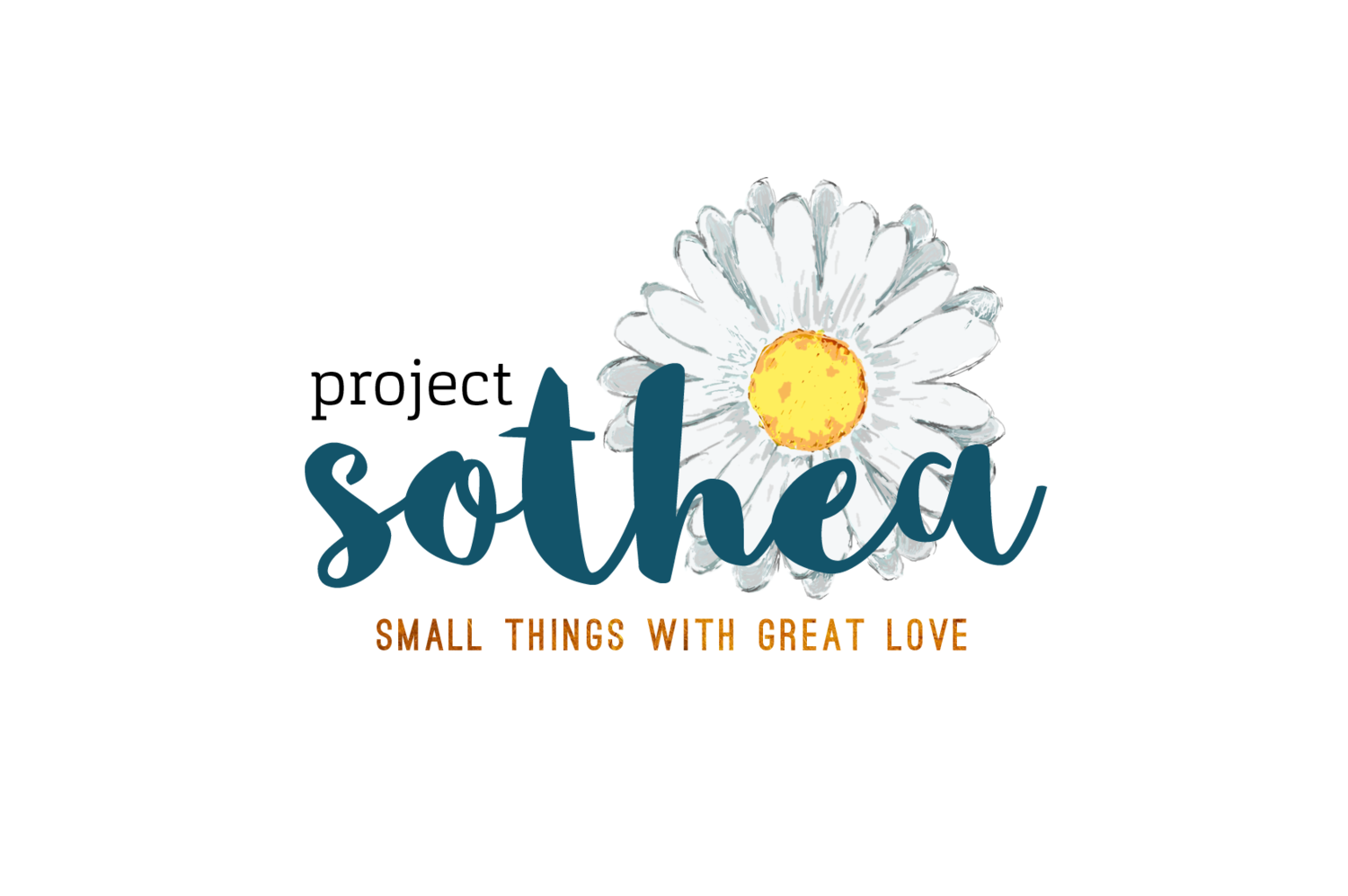introduction to research and development
Apart from conducting Health Screenings and Health Education, Project Sothea also constantly seeks to ensure sustainability in our impact on the community through our Research & Development Committees.
Research Committees
Biometrics
Q&A
The Research Committee focuses on the formation and evaluation of long-term goals for the project to ensure the sustainability of our efforts. They decide on the quantifiable landmarks in key areas such as education, health and development to keep track of the committee’s progress in the project. The committee also defines itself with its key action of gathering raw data and exploring ideas for discussion. The committee also actively develops research tools such as Door-to-Door surveys and Biometrics to ensure the information we base our goals on is rigorously updated.
Development Committees
Water
Partnerships
Camby Wing
The Development Committee will use the data analysed by the Research Committee to formulate novel initiatives that can achieve improved health outcomes in the Cambodian community in the long run. These initiatives are congruent with our project’s aims and are aimed at achieving self-sufficiency and sustainability in our project’s efforts. Some past, current & future initiatives will be elaborated on in the section below.
The Development Committee also focuses on establishing and developing local partnerships. Such as those with local healthcare volunteer groups like the Village Health Support Group (VHSG) and local NGOs, including Caritas Cambodia and HelpAge Cambodia. As of 2020, we have also established a Cambodia Project Sothea counterpart consisting of students from local Cambodian universities in our efforts to ensure long-term sustainability. We hope that our Camby EXCO will head project efforts independently in Cambodia when our team is not there.
Past initiatives
Sanitation Project (from 2012)
Toilets
2012 marked the start of our pilot project where we worked with the World Toilet Organisation – Sanishop and introduced Sanishop toilets to 10 households in Kamping Puay. Sanishop is a form of social enterprise, which will provide work opportunities (by the selling of toilets) and sanitation to our beneficiaries (through proper disposal of waste). Based on the efficacy of the toilet project we might consider building communal toilets for the benefit of the larger community in future.
Lightbulb Project (from 2014)
Solar lamps
Lighting is an essential component of our daily lives, and it is no different for the rural villagers. Traditionally, our beneficiaries have resorted to the use of kerosene lamps to light their quarters in the night, and this has posed as a very real hazard in their homes. In light of this, Project Sothea has introduced the use of solar lamps to the village so that the villagers can have a safe source of light especially at night. The self-sustainability of this project will be similar to that of the water filter project described above.
current initiatives
Water Projects (from 2012)
Water Filters
Clean water has a strong correlation with standard of living. In 2012, we started a pilot project with Hyflux’s Free Flow 60 water filter, with the hope of reducing the incidence of diarrhoea and stomachaches. In 2013, we resorted to Super Tunsai Ceramic Water Purifier (CWP), a different water filter due to feedback from the villagers. We gave out 365 individual CWPs to each household in Kamping Puoy.
Villagers will set aside USD$1 a month and would have saved enough to purchase a filter of their own by 2015, when the original water filter reaches its usage limit. We also set up two major water tanks in the orphanage and a temple in the village, which we will be maintaining over the coming years. In 2014, CWPs were also distributed to the villagers in Sra Kaew, with the same savings plan set in motion.
As of 2019, recognising that villagers had trouble maintaining their individual water filters, we sought to implement new communal filters where we could train specific people to maintain it. Through rigorous testing of suitable water sources and qualitative assessment of the accessibility and feasibility of locations, we set up a water filter in a pagoda in Dangkut Thnong. We also trained the monks living on the pagoda how to maintain the machinery.
“If you want to improve the general health of a rural community, give them easily accessible clean water.”
- Dr Tan Lai Yong, inspiring doctor who runs a village doctor training program in rural Yunnan
Water Tanks
As of today, Project Sothea has installed two communal water tanks to provide our beneficiaries with an alternative water source to well water or collecting water from rivers or ponds. One of the water filters has been installed at Peaceful Children’s Home II, and the other was installed in a central location within the village of Kamping Puoy.
future initiatives
Research Goals
As of 2019, Project Sothea stands at the start of an exciting new venture as we have entered 2 new villages. As such, Research’s focus will be on gathering sufficient quantitative and qualitative data which will allow us to determine the demographic of the villages, types of prevalent ailments and other needs of our villagers. Research will also focus on collecting sufficient relevant baseline data such that we can develop proper targeted initiatives for the benefit of the villagers. Following which, we can then use the data collected to track the impact of our initiatives over the years and adjust our plans if needed.
Development Goals
The establishment of local partnerships forms the groundwork for the sustainability of our project. We will be focusing on several fields and partners, namely village schools, local NGOs, Cambodian universities and local medical partners. As mentioned previously, some of our existing partners include the Khmer Foundation for Justice, Peace and Development; the International University (IU) Phnom Penh and IU Battambang; and Handa Medical Centre. In the next few years, we will be exploring new partnerships and strengthening existing ones. Furthermore, we hope to translate our research data into practical initiatives that are tailored to each village’s needs.
